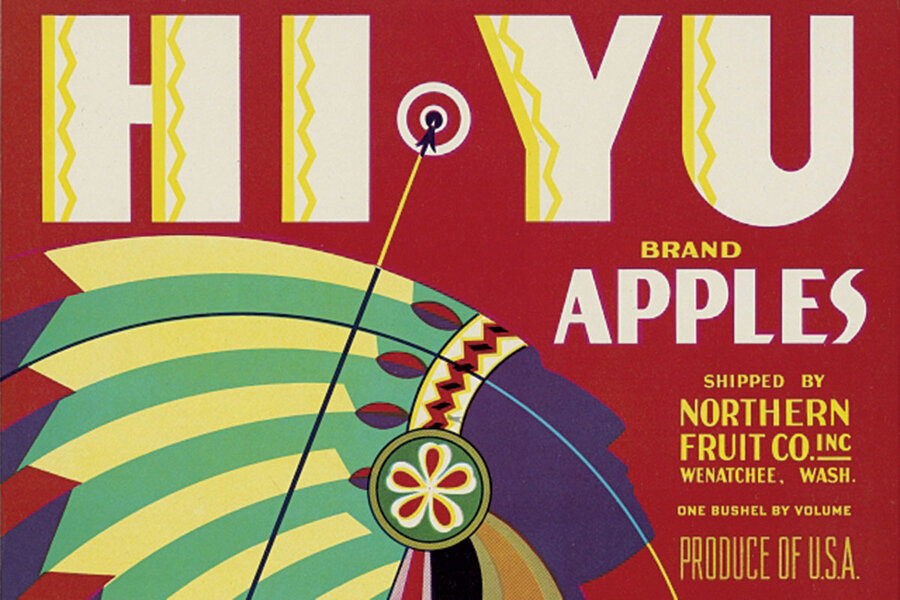Exhibit, film examine American Indians’ cultural contributions, depictions
Loading...
Whether the namesake for school mascots and professional teams or gracing the logos of popular products, references to and images of American Indians are incredibly pervasive in American society. Now a new exhibition at the Smithsonian’s National Museum of the American Indian will explore the role that American Indian names, images, and stories have played in history, identity, and pop culture in the US. The new exhibit is the latest examination of American Indians in US culture following the well-received 2016 documentary “Rumble,” which details how American Indians have changed popular music.
“Americans,” which opened Jan. 18 and will run for at least five years at the Washington, D.C., museum, features artifacts capturing the popularity of Indian names and images in products ranging from butter to motorcycles. “Most Americans that come to our museum know very, very little about American Indians,” says co-curator Paul Chaat Smith. “What people do know, what their connection actually is, is this phenomenon we call ‘Indians Everywhere.’ ”
While some of those pop culture and marketing images have been criticized as offensive, Mr. Smith says the focus is to help visitors see the connection to American Indians they have witnessed in their daily lives. “Rather than seeing it as inaccurate, or stereotypical, or demeaning,” he says, “this is really an extraordinary phenomenon unlike anything else in the world. There is no case of another country defining itself through an ethnic minority like the United States has.”
The exhibition also explores three stories that connect visitors to American Indians – the life of Pocahontas, the Trail of Tears, and the Battle of Little Big Horn. “We set out to show how important Americans’ and American Indians’ shared history has been, and how that shared history has shaped the national consciousness, [and] certainly popular culture,” says co-curator Cécile Ganteaume.
“We set out to demonstrate how Americans have been fascinated, conflicted, and shaped by American Indians.”
Smith hopes the exhibition will send a message to visitors: “You are part of this. You are connected in different ways maybe you didn’t imagine.”







